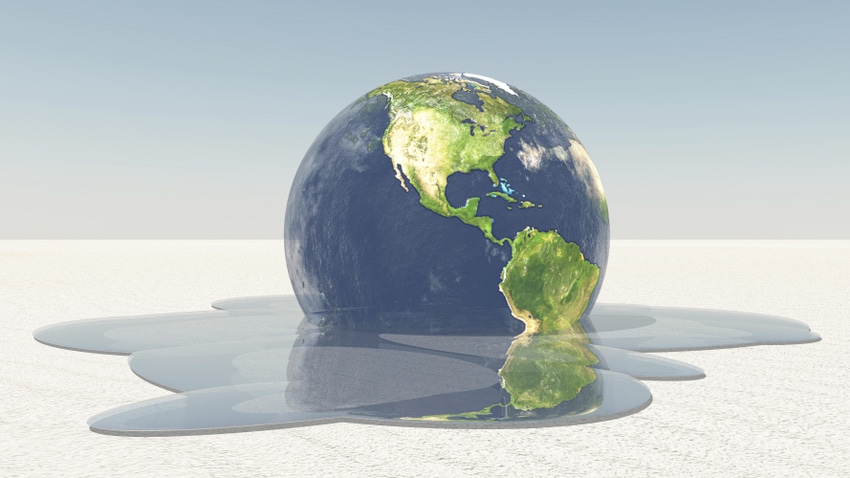Extreme El Nino events to stay despite stabilization
Growing risk of extreme El Niño events did not stabilize in a stabilized climate.
July 24, 2017

The frequency of extreme El Niño events is projected to increase for a further century after global mean temperature have stabilized at 1.5°C above pre-industrial levels, according to Australia's Commonwealth Scientific & Industrial Research Organization (CSIRO).
Research published July 24 in Nature Climate Change by an international team shows that if warming was halted to the aspirational 1.5°C target from the Paris Agreement, the frequency of extreme El Niño events could continue to increase due to a continuation of faster warming in the eastern equatorial Pacific Ocean.
CSIRO researcher and lead author Dr. Guojian Wang said the growing risk of extreme El Niño events did not stabilize in a stabilized climate.
"Currently the risk of extreme El Niño events is around five events per 100 years," Wang said. "This doubles to approximately 10 events per 100 years by 2050, when our modeled emissions scenario (RCP 2.6) reaches a peak of 1.5°C warming. After this, as faster warming in the eastern equatorial Pacific persists, the risk of extreme El Niño continues upwards to about 14 events per 100 years by 2150.
"This result is unexpected and shows that future generations will experience greater climate risks associated with extreme El Niño events than seen at 1.5°C warming," Wang concluded.
The research was based on five climate models that provided future scenarios past the year 2100.
The models were run using the Intergovernmental Panel on Climate Change's lowest emissions scenario (RCP2.6), which requires negative emissions late in the century.
Dr. Wenju Cai, director of the Centre for Southern Hemisphere Oceans Research and report co-author, said this research continues important work on the impacts climate change has on the El Niño-Southern Oscillation, which is a significant driver of the global climate.
"The most severe previous extreme El Niño events occurred in 1982-83, 1997-98 and 2015-16 -- years associated with worldwide climate extremes," Cai said. "Extreme El Niño events occur when the usual El Niño Pacific rainfall center is pushed eastward toward South America, sometimes up to 16,000 km, causing massive changes in the climate. The farther east the center moves, the more extreme the El Niño.
"This pulls rainfall away from Australia bringing conditions that have commonly resulted in intense droughts across the nation. During such events, other countries like India, Ecuador and China have experienced extreme events with serious socioeconomic consequences," Cai added.
While previous research suggested that extreme La Niña events would double under a 4.5°C warming scenario, Cai noted that results from this study indicated that there was little or no change to these La Niña events under a scenario of climate stabilization (i.e., 1.5°C warming).
The research was conducted by researchers at the Hobart, Tasmania-based Centre for Southern Hemisphere Oceans Research, an international collaboration among CSIRO, the Qingdao National Laboratory for Marine Science & Technology, the University of New South Wales and the University of Tasmania.
You May Also Like

.png?width=300&auto=webp&quality=80&disable=upscale)

